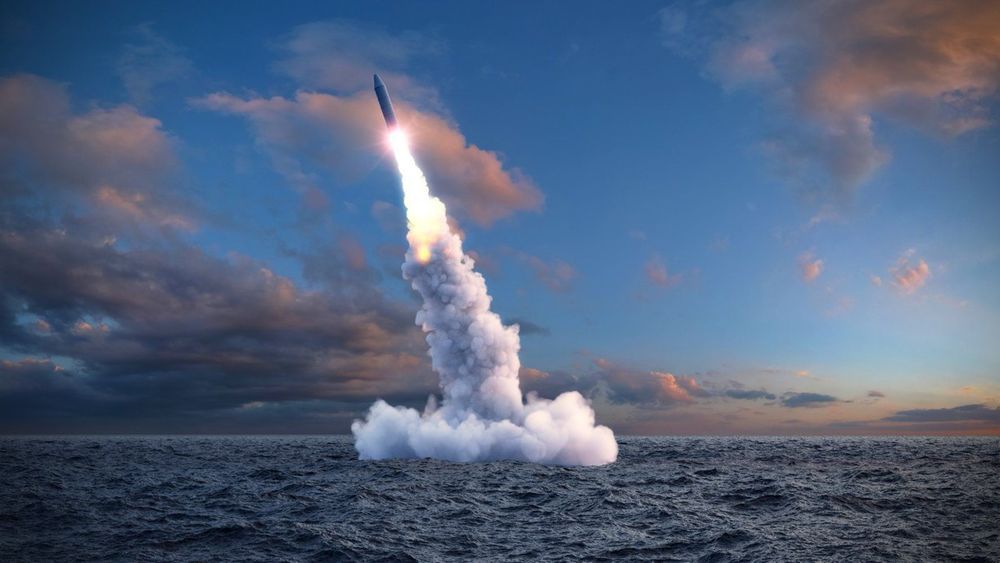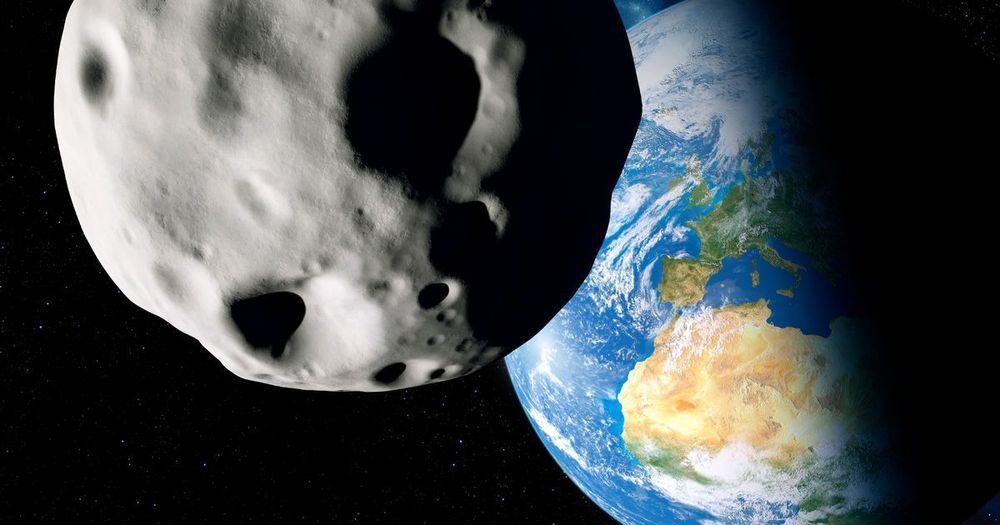Defense officials have asked for $304 million to fund research into space-based lasers, particle beams, and other new forms of missile defense next year.
Defense officials want to test a neutral particle-beam in orbit in fiscal 2023 as part of a ramped-up effort to explore various types of space-based weaponry. They’ve asked for $304 million in the 2020 budget to develop such beams, more powerful lasers, and other new tech for next-generation missile defense. Such weapons are needed, they say, to counter new missiles from China, Russia, North Korea and Iran. But just figuring out what might work is a difficult technical challenge.
So the Pentagon is undertaking two studies. The first is a $15 million exploration of whether satellites outfitted with lasers might be able to disable enemy missiles coming off the launch pad. Defense officials have said previously that these lasers would need to be in the megawatt class. They expect to finish the study within six months.









